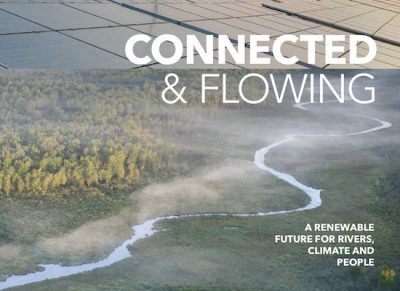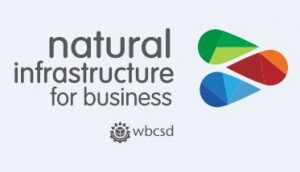Primary Functions
- Understand how electricity needs could be met through power systems that are low carbon, low cost, and low impact on environmental and social resources.
Detailed Description
We can now envision a future in which electricity systems are accessible, affordable and powering economies with a more sustainable mix of renewable energy technologies — including solar, wind, storage and low-impact hydropower. For the first time, there are viable renewable alternatives to the high-impact hydropower dams that are currently proposed on many of the world’s remaining free-flowing rivers – a development path that could trigger a range of negative impacts, including displacement of communities, and the loss of productive freshwater fisheries and much of the sediment needed to keep economically crucial deltas above the rising seas.
This report describes how the world can tackle these intertwined challenges and support global efforts to achieve the Sustainable Development Goals (SDGs) and the targets under the Paris Agreement, by moving rapidly toward electricity systems that are:
- Low carbon. The imperative to decarbonize energy systems, and economies in general, becomes increasingly clear with each passing year. A stable climate – and prosperous societies and healthy ecosystems – requires that electricity systems move rapidly to being low carbon and efficient and that some sectors, such as heating and transportation, be electrified.
- Low cost. Power systems that are low carbon and low impact must also meet countries’ power demands with electricity that is reliable and affordable. Furthermore, social equity demands that energy investments ensure access to the more than one billion people that still lack access to reliable electricity. In fact, the short construction times, versatility, and low costs of new renewables allow countries to accelerate access to electricity.
- Low impact. Nearly all options for producing energy have some negative impacts on communities and the environment. But, options for low-impact systems are becoming increasingly feasible and various best practices can be applied to further reduce impacts, particularly on the world’s remaining free flowing rivers.





